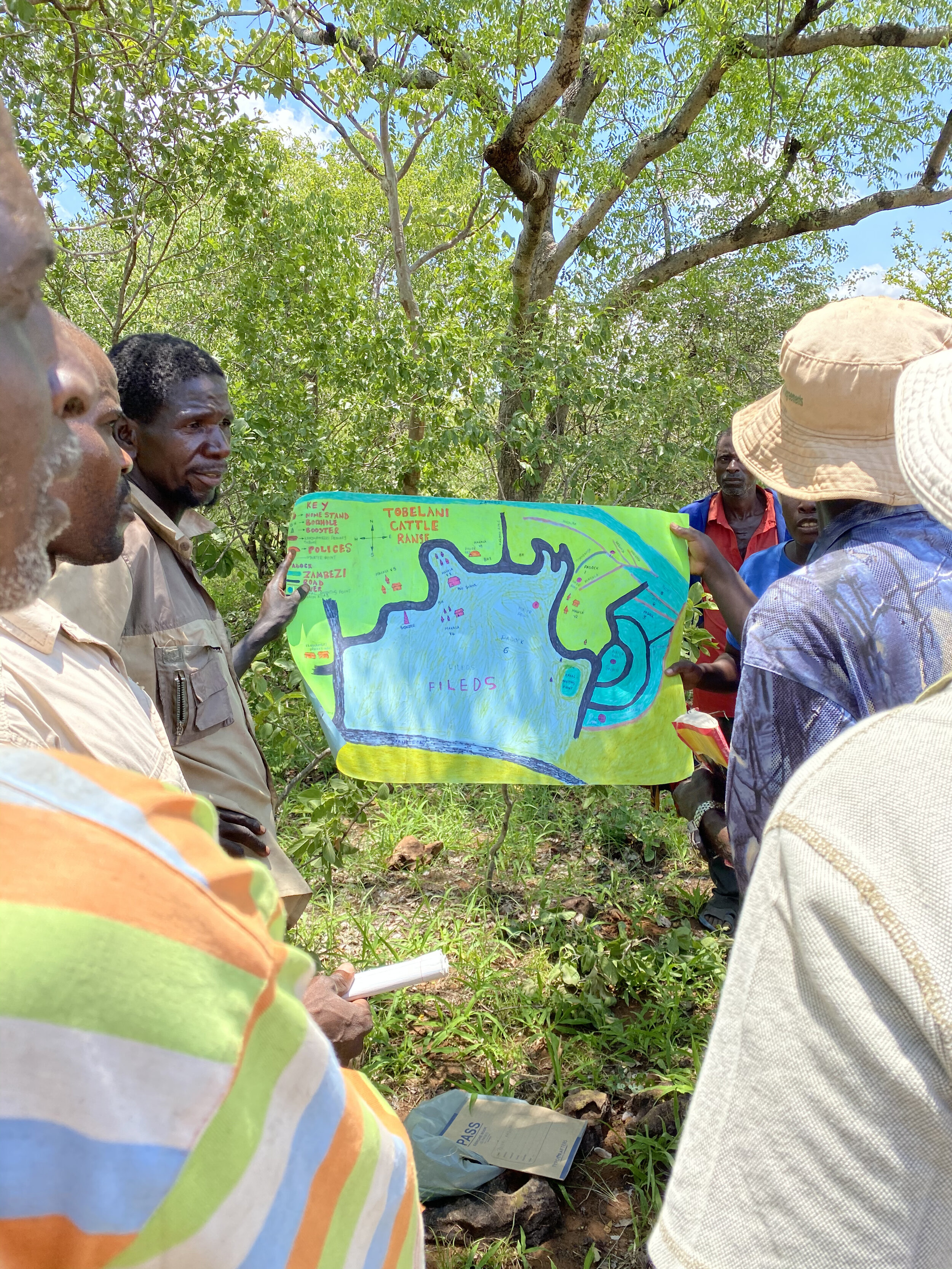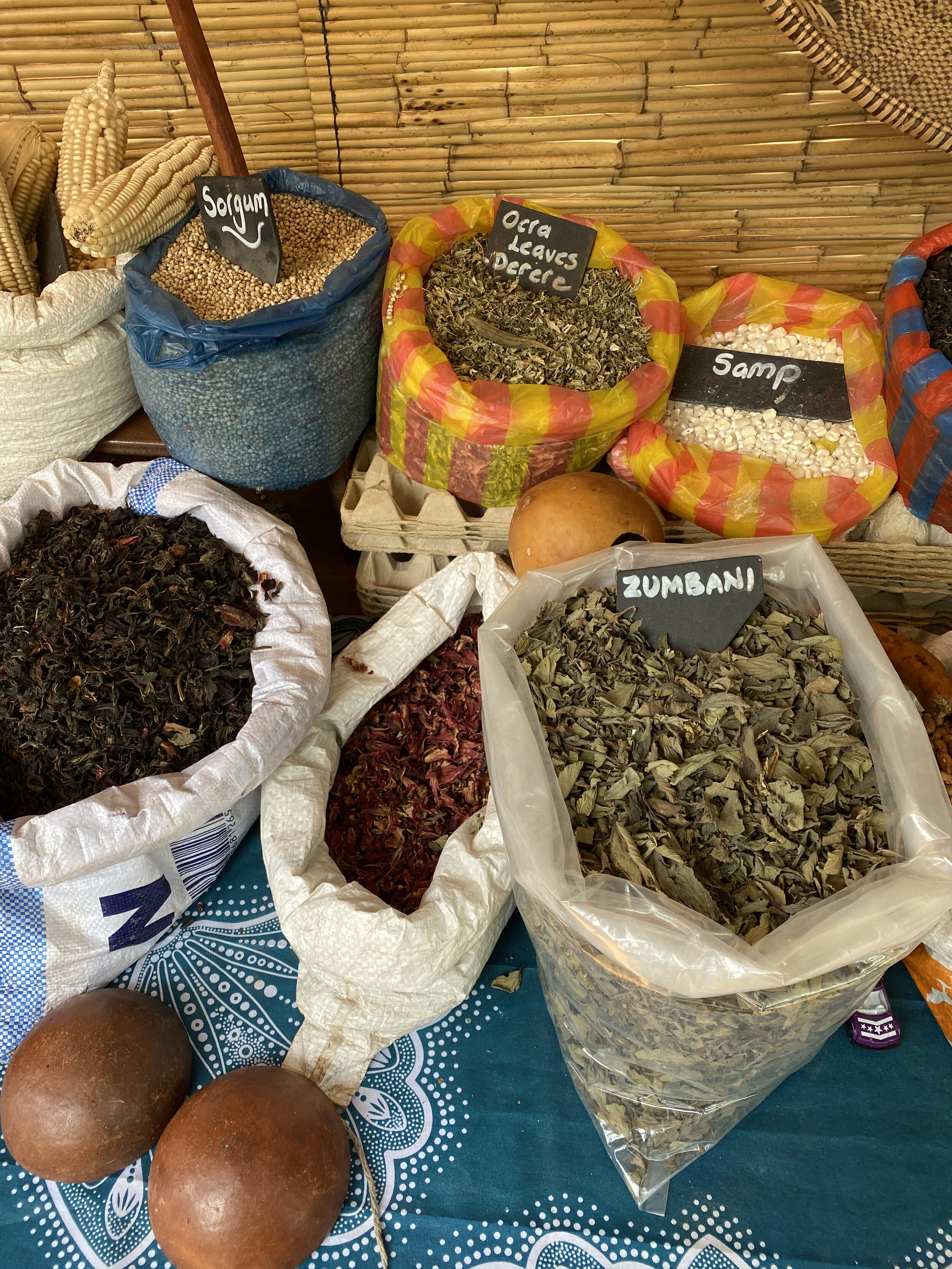THE NEXT 10 YEARS WILL SHAPE THE SURVIVAL OF THE NEXT GENERATION.
This isn’t an abstract theory, this is what environmental leaders are shouting. It has been echoing in my head for the past year and might have been the impetus for this life change.
“We are all alive at the last possible moment when changing course can mean saving lives on a truly unimaginable scale.” - Naomi Klein
Some of you may know my story, but I’d like to share how I got here...
Throughout my career, I have worked in nimble organizations with open systems and nonhierarchical expectations of self-management. We focused on process, health, relationship, rest, and sustainable growth. Lessons in my career have shown me a path from an extractive economy to a society based on principles of care, repair, imagination, and regeneration.
My career began with a decade in the hospitality industry, working with chefs committed to creating value along the entirety of the food supply chain - from seed to farmer to kitchen to consumer to decomposition. Over seven years I gained direct experience in food systems and observed the challenges that farmers and business owners face when competing with industrial procurement and national distribution channels. The design of industrial agricultural systems is architected on enslavement and illegal obtainment of land through genocide, and the perpetuation of these values is still prevalent in today’s food system. In comparison, bio-regional foodways protect the diversity and integrity of our living ecosystems.
In 2010 I read Storms of My Grandchildren. Climate change felt existential and Obama was in the White House. I learned that there are only 50 years of harvestable topsoil on our planet, and I could feel the threat of an unstable climate looming.
After university, I had the opportunity to work at Blue Hill at Stone Barns, wide-eyed and brewing a cauldron of optimism and abundance for the future.
In 2016, To gain experience in all arenas, I learned about Controlled Environment Agriculture, and for a short while I adopted the notion that to feed a growing population on a dying planet we need to manufacture food. I didn’t yet understand the concept of regeneration.
The spell I was under broke through a series of events, starting with a panic attack that flooded my body to the point where I lost feeling in my limbs. My jaw and my face tightened, my hands became numb claws, and a kind stranger, on the side of the road, on the way to a job interview had to call for help. I had overworked and depleted my entire body’s resources. This extractive mentality of growth at the expense of health became my lesson to unlearn.
In 2017, I found the church of compost. I joined the founder of L.A. Compost as his second employee and we grew the organization to a team of 12 people, managing 30 community sites, hosting over 60 annual workshops, and securing community partnerships with city municipalities, including the LA Green New Deal and Naomi Klien’s The Leap.
Connecting to nature has a spiritual resonance. The organization’s overarching mission is to restore connections to the soil, and one another — re-membering us to earth. I learned that healthy soils are proven to increase serotonin, decrease stress and improve cognitive function, but I also experienced a belonging, in my body — in my work boots in the sun turning a hot compost pile.
I began to shift my focus towards systems that draw from our most beautifully efficient technology: nature.
I was engulfed with curiosity about the soil food web, mycelium, and the dynamics of nature’s cycles. I learned that regenerative stewardship of the land, with goals to improve the health of the system, result in carbon drawdown. Better yet, this practice of holistic management can increase the overall carrying capacity of the ecosystem - literally unlocking potential.
In 2019 I began to study and implement frameworks for Regenerative Organizational Design.
We grew our team on a sentiment of authentic relationships and slow, thoughtful growth. We incubated compost hubs across L.A. parks, gardens, and recreation centers. Compost is a dynamic process of decomposition — a passage from death to life. We viewed the process of composting with more value than the quantitative impact of food waste diversion, which was significant (the equivalent of removing 90 cars from transit, annually). Our focus was on the quality of care for our team and their communities. We cultivated a company dynamic of autonomy and agency where regional managers could curate logistics in ways that suited their community while tethering to a network of support through collaboration and resource sharing. This decentralized model of operations is an essential part of the success of an organization created to serve a diverse population such as Los Angeles County. As the team grew, so did my interest in these dynamics.
My mission became to explore regenerative tools for resilient and adaptive growth.
In 2019 I went to Zimbabwe, returning to where I was raised. 20 years prior, my family had come to the US while the country was at the edge of economic collapse. The complexities of colonialism were not lost on me, even as a child.
Along the Dimbangombe River is the Africa Center for Holistic Management.
This is where I walked with herders managing cattle to restore biodiversity and the local watershed. We trained over 50 herders from the surrounding regions who were encouraged to collectively plan and graze their cattle stock. After speaking to several groups who were returning to collective grazing, I began to learn of the social benefits of these practices, mainly an increase in safety, reduction of conflict, and reconnection of the community fabric.
Within ACHM I observed the inevitable remnants of colonialism that overshadowed the structures of management for the staff. I formed meaningful friendships and had challenging conversations. I observed, and felt, the dis-ease the colonialism continues to cause. I sat with the question: how can a system practicing holistic management be blind to aspects of the whole?
I shifted focus to study the relationship between inner dynamics and outer behaviors through a framework called Awareness-based Systems change. I joined professional communities practicing system sensing and systemic constellations. The awareness of interdimensional dynamics, as used in systems, is a Traditional Ecological Knowledge set that has origins in Zulu familial and tribal conflict resolution. Systemic Constellation is a process of engagement to reveal, or uncover a system’s unseen patterns by inviting and reflecting on sensory information. I continue to explore this work through participatory Action Research Cohorts with a community of organizations at the forefront of advocacy and societal change.
I’ve been curious as to why Holistic Management hasn’t been more widely adopted by the surrounding communities. It clearly yields more crop and builds up grasslands, and ACHM has initiated training on how to organize and implement the practice. To get individuals in a community to bring their livestock (aka their livelihood) together first requires trust. It's like saying we’re all going to collectively put money into the pot and pass around the pot sharing the responsibility and protecting our investments (literally from predators). With collective herding the benefits are compounding with time, creating long term stability of the land (aka livelihood). The benefits are also social. Some of the women that I met explained that what has changed is there used to be a lot of anger between neighbors, becoming suspicious if a cow went missing and resentful if the same low rainfall produced more on another's fields. The women said that herding together has brought them together, their cattle are safer, they have more time to spend on other duties, and they are making decisions as a community. The biggest challenges seem to be that managing together requires ongoing communication and problem solving, and keeping motivation to work together requires leadership that believes in the long term results. I can understand why that kind of leadership can be questioned when more immediate needs aren’t consistently met.
Holistic Management as an agricultural practice is simply a return to how many of these communities first farmed. This strategy works alongside wildlife instead of sectioning off areas for individual human use. However the communal way of organizing is more than a generation’s history and communities here no longer farm in this way - each household has their own cattle and crop, fenced up, sizing up their neighbor’s harvest.
In a nutshell - planning financial and land management based on a holistic context determined by individuals involved in the whole, and their environment. A key component is cattle grazing so that land can regenerate, allowing for rest periods instead of consistently grazing the same plot of land until it's bare, this allows for restoration of grasslands over larger amounts of land, which is essential for the livelihoods of the people and the planet.
The first step to Holistic Management is to define the holistic health heath, understand various contexts about that system. To define a holistic context, an individual or group defines (aka imagines up) and agrees upon a quality of life that includes the desires and beliefs of the group and its environment. It is never a plug-and-play model, it is inherently dependent on the individuals participating and the conditions of their environment. It requires an acknowledgement of a collective, community culture. It is a process, a practice, a vision that shifts and evolves as the group consciousness grows.
In my travels through the country, I met Chido Govera (her story from MAD conference 2012) at her homestead about 30km outside Harare. Like many people here who are coping with frequent power cuts, her and her family (she is a mother of 5 orphaned daughters), have installed solar power for water and electricity. She grows red corn, sweet corn, black corn, pumpkins, sweet potatoes, onions, long beans, green beans, coffee, turmeric, teas, herbs and more...she is replanting a segment of her property to increase garlic production for export. For meat they raise rabbits and chickens, she's planning for goats soon (to help cut back grasses that attract snakes) and is curious about making cheese. Her main focus is mushrooms. She is building a lab to safely sell mushroom spawn. And she already has contracts with market retailers. She is doing all of this on less than 2 hectares of land.
Zimbabwe's history around land is tumultuous and not the topic of this email (otherwise it would be a few more pages). wiki page here. Chido doesn't depend on supermarkets and municipalities, she is redefining the narrative of what land management can look like for Zimbabweans.
It can be challenging to understand another person's context, yet in the context of humans we need healthy food, clean water, compassion as we grow, encouragement from others, time to be understood, and a sense of value and purpose.
2020
A few weeks later, Covid-19 shocked the globe.
Upon request from my family, and the US Embassy, I returned to America. This crisis not only exposed our global vulnerability from a health perspective, it exposed inequality in a way that could no longer be ignored by the mainstream.
During the summer of 2020, I co-created and produced Hunger for Justice with a global NGO A Growing Culture, a YouTube series advocating for food sovereignty for small-holder farmers and the peasant food web. We facilitated the first virtual Global Farmer Innovation Fair with Prolinnova, led by farmers, hosting local farmers from Nepal, Kenya, India, Burkina Faso, and more.
[2021 -2024] Transformational Change: grief, blessings, and the embodiment of values.
My personal mission is to collaborate with individuals and organizations in a way that is restorative, joyous, and generous in the face of a paradigm shift. I invite you to join me on this emerging path.
























